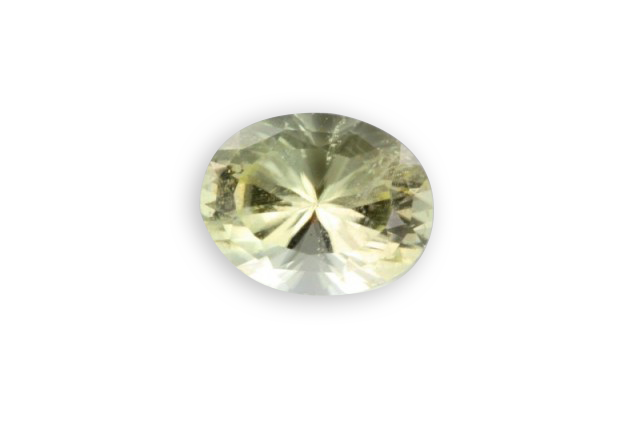
meerschaum
This is a silicate in the form of tiny crystals assembled in concretions in highly porous aggregates. This porosity allows it to float, it hardens as it dries. Its name, sepiolite, it has been awarded by the German mineralogist E. F. Glocker, that determined the








